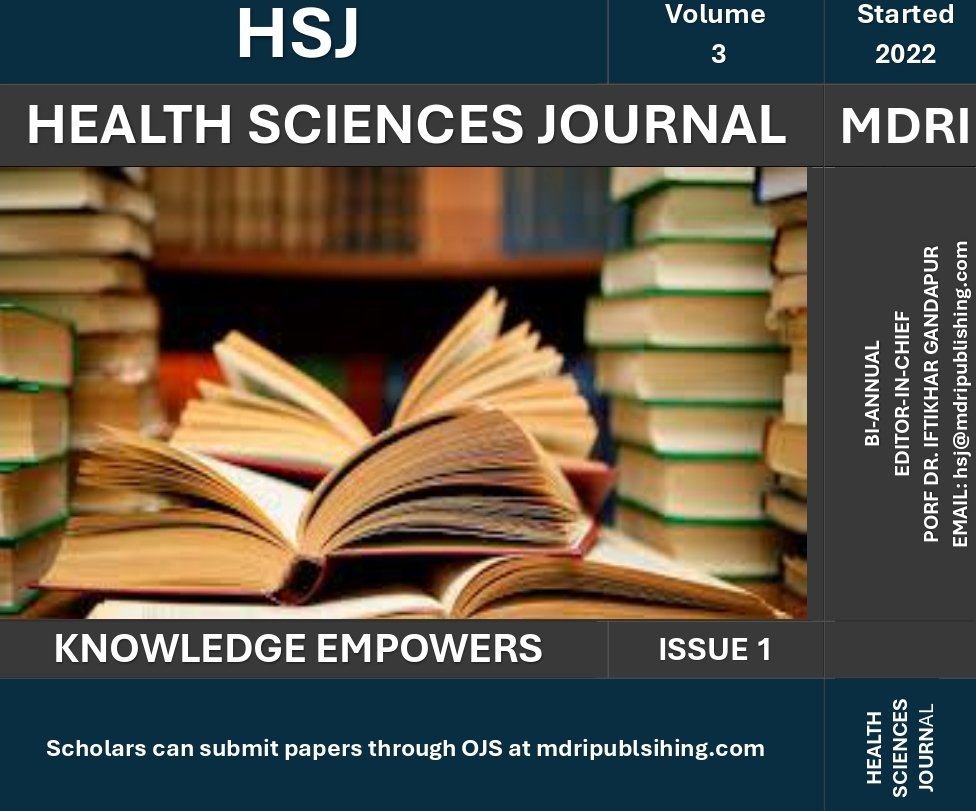IN SILICO ANALYSIS OF IDENTIFIED MOST FREQUENT MUTATIONS IN EXON 10, CODON 618 OF THE HUMAN RET GENE
DOI:
https://doi.org/10.59365/hsj.3(1).2024.123Keywords:
RET Mutation, Multiple Endocrine Neoplasia, Bioinformatical Tools, Interaction, SimilarityAbstract
Background: The Rearranged during Transfection (RET) gene mutations are known to be responsible for Hirschsprung disease (HSCR), as well as the multiple endocrine neoplasia (MEN) types 2A, 2B and familial medullary thyroid carcinoma (FMTC). Aim: In this study we analyse mutations of codon 618 (Cys618Phe, Cys618Arg, Cys618Ser, Cys618Tyr) in exon 10, in terms of their structural similarities, stability, conservation and interaction with their close interactor GFRA3 protein. Material and Methods: In the present study, multiple bioinformatics software was used, including HGMD and UniProt for the data collection. The structural prediction of different mutations at codon 618 was performed by using PSIPRED for secondary structure prediction and I-TASSER for 3D structure modelling. The mutated proteins stability was determined, using I- Mutant and MuPro, while the evolutionary amino acids conservation was assessed with the ConSurf tool. The wildtype RET and mutant proteins were independently docked with their nearby interactor protein GFRA3.Findings: The analysis indicates that among the examined mutations, the Cys618Phe displayed the greatest structural and functional similarity to the wildtype RET protein. The interaction analysis suggested that the Cys618Phe demonstrated stronger binding with GFRA3 compared to other mutations. Conclusion: This study highlights the impact of codon 618 mutations in exon 10 of the RET gene on protein stability, structure, and interactions with GFRA3. We find mutation Cys618Phe comparatively similar to RET wildtype protein while dissimilar mutation Cys618Tyr. These findings could help a molecular geneticist in analyzing mutations at codon 618 for both research and diagnostic purpose.





